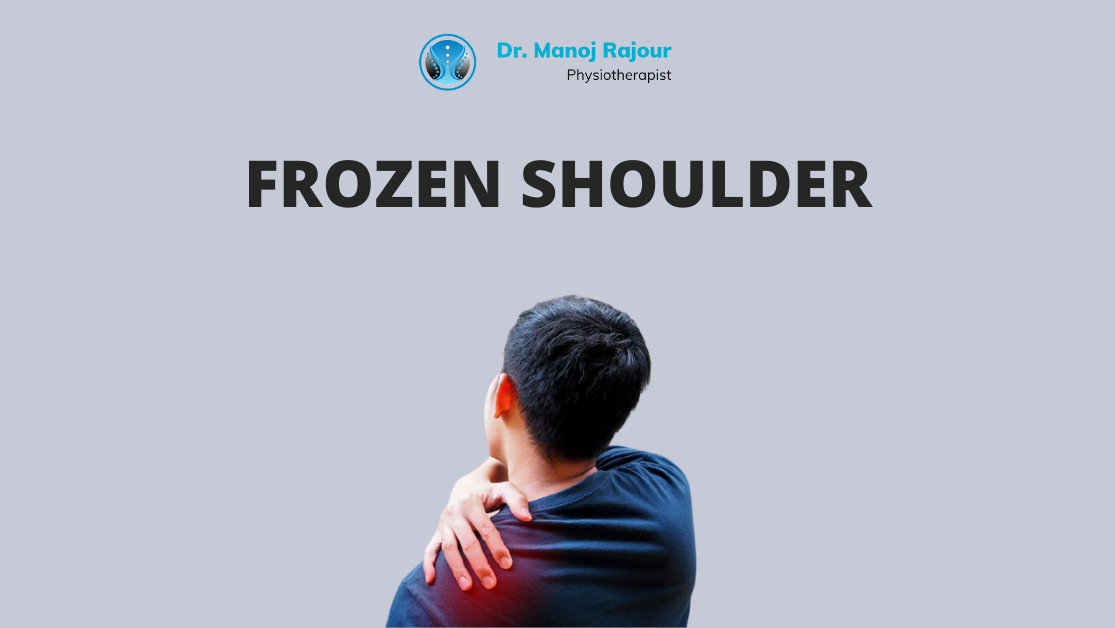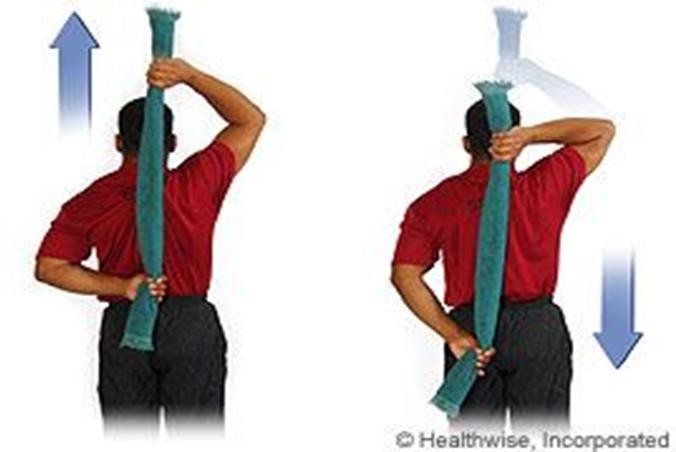
Frozen shoulder is also termed as periarthritis shoulder or adhesive capsulitis. It can be defined as a condition of glenohumeral joint that causes acute inflammation and subsequent stiffness of shoulder joint. Inflammatory degeneration of shoulder joint capsule and soft tissues surrounding it, results in adhesions.
Causes
Lunberg classified into two groups
a) Primary frozen shoulder- in it there is pain radiographs, no inciting event and has no finding other than loss of motion
b) Secondary frozen shoulder- due to precipitant traumatic events such as rotator cuff injuries, osteoarthritis, fractures, autoimmune disease
c) Genetic and environmental factors
d) Diabetes mellitus
Stages
a)Freezing- complaints of slowly more and more pain, felt more during night that affects sleep. Tenderness is felt.
b)Frozen- pain gets better but stiffens the shoulder, also loss in range of motion is seen.
c)Thawing- in this stage shoulder movements gets improved, and pain gets decreased.
Risk factor
a) Age- it is most common between 40-60 years
b) Gender- women are more familiar than men
c) Diabetes
d) injury to shoulder
e) other conditions such as stroke, hyperthyroidism, hypothyroidism ,Parkinson’s disease.
f) tuberculosis
g) thyroid disorder
h) stroke
i) avascular necrosis.
Signs and Symptoms
when to see a doctor
if pain persists even after resting the shoulder and not moving the arm and hand, if there is any weakness or felling of numbness on shoulder or if swelling is present over the shoulder joint .
Treatment
Thermotherapy – as before giving passive mobilization the contracted capsule can be relaxed by giving heating. There are some exercise to stretch the shoulder




Prevention